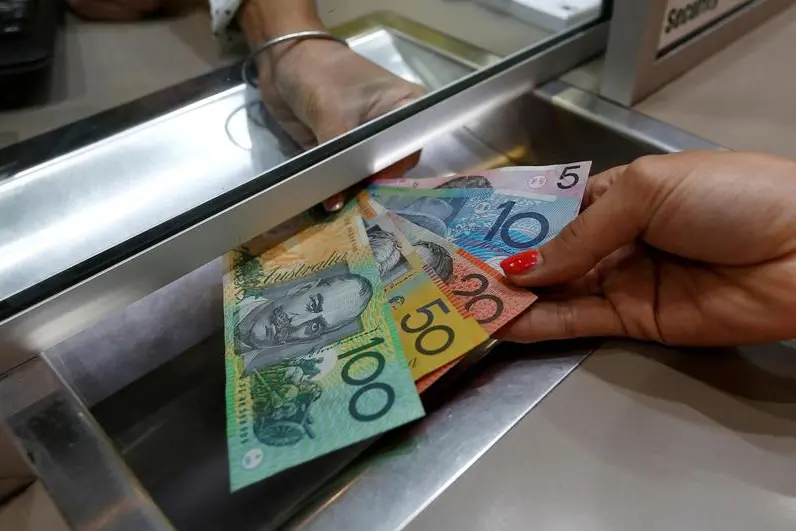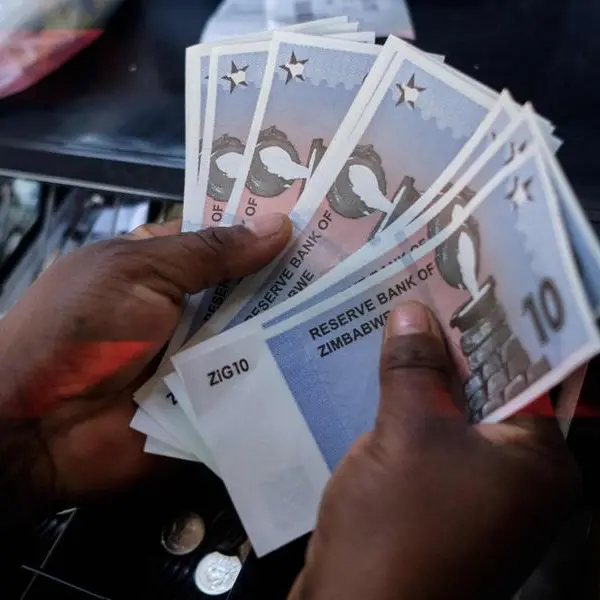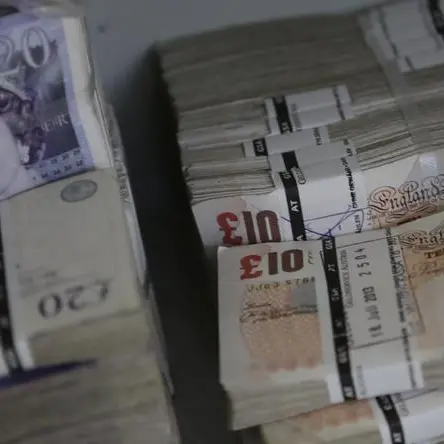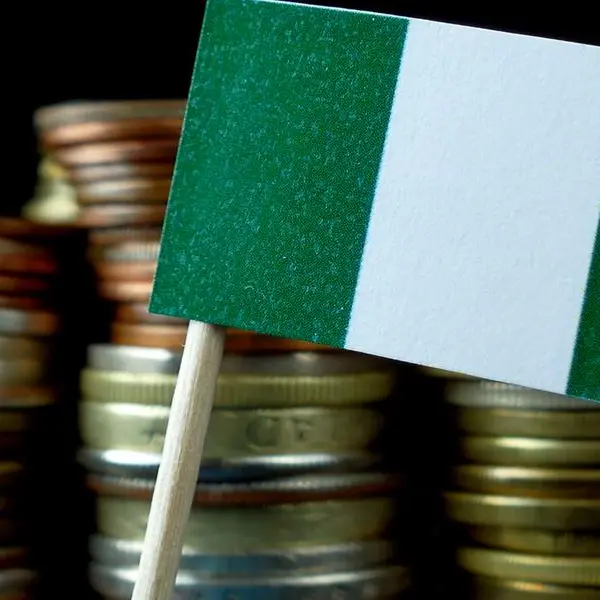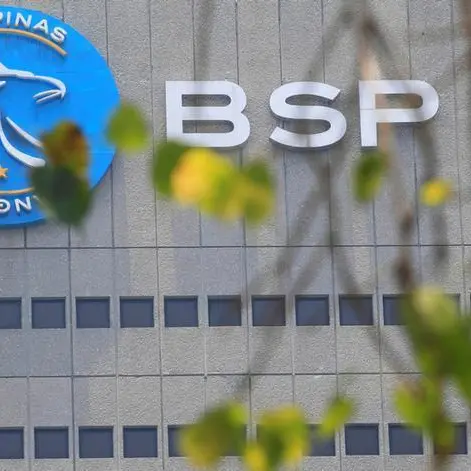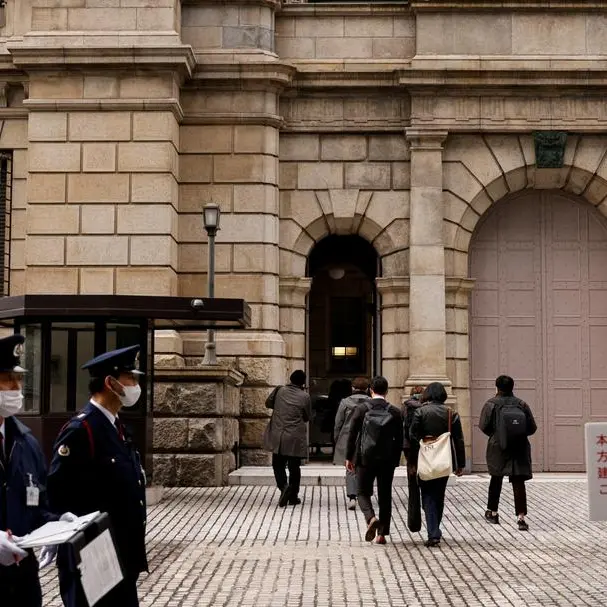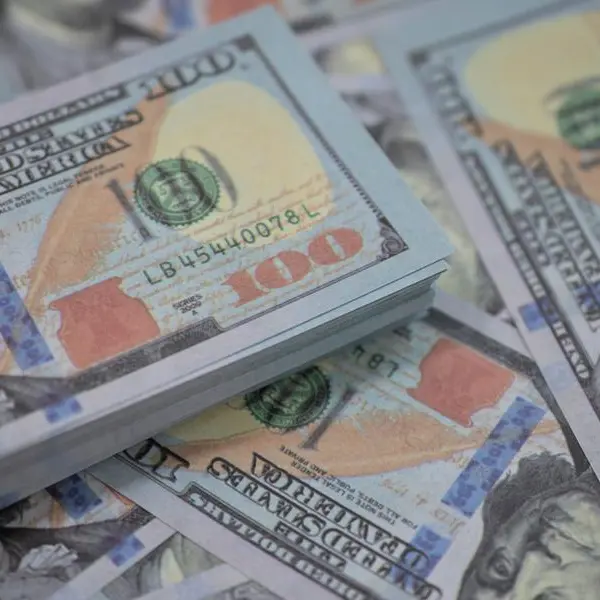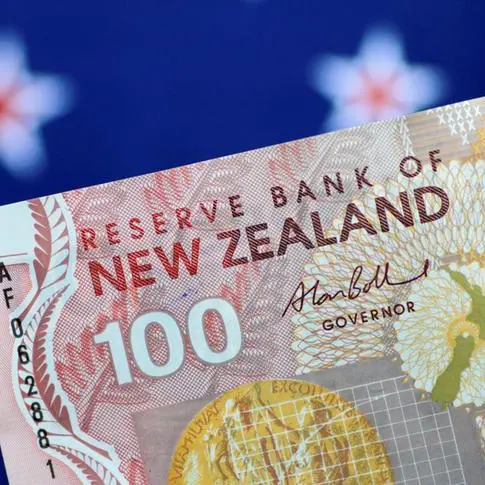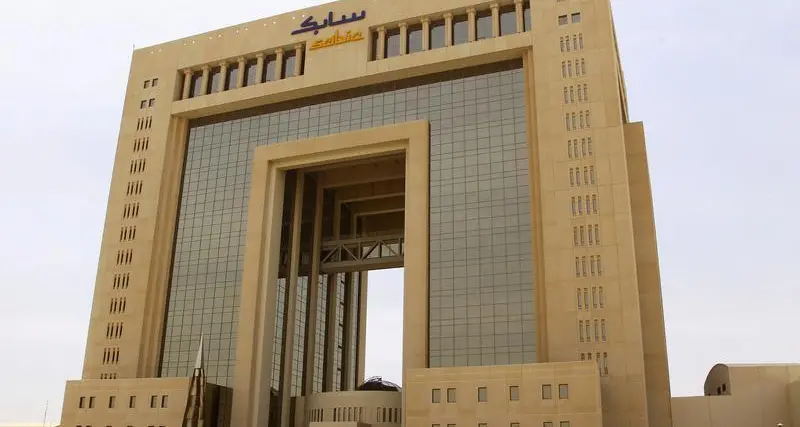PHOTO
The Australian and New Zealand dollars were re-taking lost ground on Thursday as signs of an easing in Shanghai's lockdown helped steady sentiment after a rout on Wall Street.
The Chinese financial hub will allow more businesses in zero-COVID areas to resume normal operations from the start of June, stirring hopes for a much-needed rebound in consumer demand.
The news helped the Aussie edge up 0.8% to $0.7008, after it retreated 1.1% overnight from a high of $0.7046.
The kiwi dollar bounced 0.6% to $0.6334, after losing 1.1% overnight from a top of $0.6370. Support comes in around $0.6292 and the recent two-year low of $0.6219.
The Aussie got some help from data showing Australia's unemployment rate at its lowest in almost 50 years at 3.9%. Overall employment rose only 4,000, but that masked a huge jump in full-time jobs.
The report cemented expectations the Reserve Bank of Australia (RBA) would likely raise interest rates by 25 basis points to 0.6% in June, though the market has pretty much priced out any chance of a larger move.
The slide in shares has also seen investors trim wagers on how high interest rates will go this year, with futures implying a December rate of 2.63%, compared with 3.0% early in the month.
Shane Oliver, chief economist at AMP Capital, thinks there is still a chance of a larger move in June but does not see rates rising this year as far as the market is pricing.
"Given RBA concerns that inflation psychology might rise it is likely to step up the pace of tightening in June in order to get on top of inflation and so we expect 40bp taking the cash rate to 0.75%," he argued.
"By year end we continue to see the cash rate rising to between 1.5% and 2%."
In New Zealand, markets became even more certain of a half-point rate hike next week after data showed producer prices had surged in the first quarter.
The Reserve Bank of New Zealand (RBNZ) will meet on May 25, and swaps are fully priced for a rise to 2.0%.
"The RBNZ has accepted the logic that stronger action early on will reduce the need for an even more painful peak in rates in the future," said Westpac economist Michael Gordon.
"We recently updated our forecasts to include four consecutive 50bp hikes in the (official cash rate) - at the May, July and August reviews, on top of the one in April."
(Reporting by Wayne Cole; Editing by Bradley Perrett)
